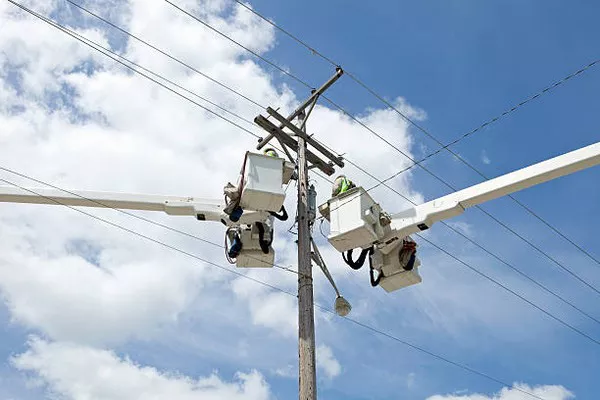Isolation transformers play a crucial role in ensuring the safety and reliability of electrical systems. These transformers are designed to provide electrical isolation between the input and output circuits, protecting sensitive equipment and preventing potential hazards. In this article, we will delve into the inner workings of isolation transformers, exploring their design, applications, and the benefits they offer in various industries.
Basic Principles:
At its core, an isolation transformer is a type of transformer that has a primary and secondary winding, but with no direct electrical connection between them. Unlike conventional transformers, the windings of an isolation transformer are physically separated, either by air or a dielectric insulating material. This isolation serves as a barrier against the transmission of electrical noise, voltage spikes, and other disturbances that can jeopardize the integrity of connected equipment.
Working Mechanism:
Isolation transformers operate on the fundamental principles of electromagnetic induction. When an alternating current (AC) flows through the primary winding, it generates a magnetic field around it. This magnetic field induces a voltage in the secondary winding, producing an isolated output voltage. The absence of a direct electrical connection between the windings ensures that any disturbances on one side do not transfer to the other side.
Electrical Isolation:
The primary purpose of an isolation transformer is to provide electrical isolation between the input and output circuits. This isolation prevents the flow of direct current (DC) and minimizes the risk of ground loops, which can lead to electrical shocks and damage to sensitive equipment. It acts as a protective barrier, ensuring that any faults or disturbances on one side do not propagate to the other side.
Noise Reduction:
Isolation transformers are highly effective in reducing electrical noise and interference. The physical separation between the primary and secondary windings prevents the transmission of high-frequency noise, spikes, and transients. This feature is particularly crucial in applications where precise and clean power is essential, such as in medical equipment, audio systems, and communication devices.
Safety in Healthcare Applications:
In medical environments, where precision and reliability are paramount, isolation transformers play a pivotal role. Medical equipment, including diagnostic devices and life support systems, requires a stable and isolated power supply. Isolation transformers ensure that any potential leakage currents or electrical faults do not pose a threat to patients and medical professionals. They contribute to the overall safety and performance of healthcare facilities.
Protection of Sensitive Electronics:
Isolation transformers are widely used in electronic industries to protect sensitive equipment from voltage fluctuations and electrical disturbances. Computers, servers, and other electronic devices are susceptible to damage from power surges and spikes. The use of isolation transformers safeguards these devices, enhancing their lifespan and preventing costly downtime due to electrical failures.
Isolation for Industrial Equipment:
In industrial settings, where a myriad of electrical devices coexists, isolation transformers are employed to prevent cross-talk and interference between equipment. Machinery, control systems, and communication networks can experience disruptions if subjected to electrical noise. Isolation transformers ensure a clean and stable power supply, minimizing the risk of malfunctions and improving the overall efficiency of industrial processes.
Isolation Transformer Design:
Isolation transformers are designed with careful consideration of the specific application requirements. The choice of core material, winding configuration, and insulation materials are crucial factors in ensuring optimal performance. High-quality materials and precise manufacturing processes contribute to the reliability and durability of isolation transformers.
See also How Is Transformer Oil Made
Conclusion:
Isolation transformers serve as indispensable components in various industries, providing a critical layer of protection for both equipment and personnel. Their ability to ensure electrical safety, reduce noise, and prevent interference makes them essential in applications ranging from healthcare to industrial settings. As technology continues to advance, the role of isolation transformers in safeguarding sensitive electronics and ensuring the reliability of electrical systems becomes increasingly significant. Understanding the principles and applications of isolation transformers is essential for engineers, technicians, and decision-makers involved in designing and maintaining electrical systems across diverse sectors.

